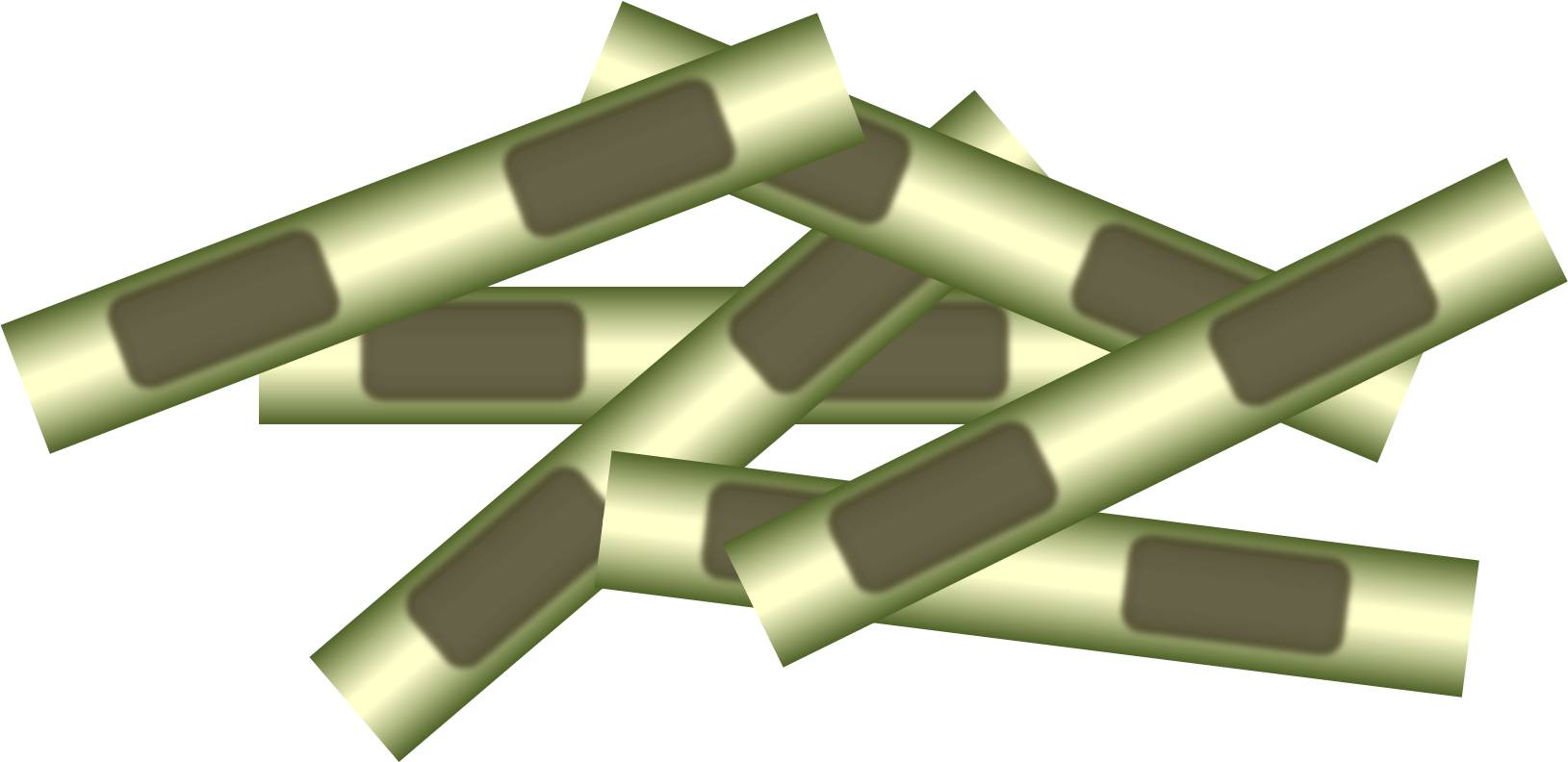▼ Reference
- Akkurt S, Renye J, Tomasula PM. Encapsulation of Lactobacillus rhamnosus GG in edible electrospun mats from calcium and sodium caseinates with pullulan blends. JDS Communications 2022; 3: 381. Open Access
- Alborzi S. Encapsulation of Folic Acid in Sodium Alginate-Pectin-Poly(Ethylene Oxide) Electrospun Fibers to Increase Its Stability. PhD Thesis 2012. The University of Guelph. Open Access
- Fernandez A, Torres-Giner S, Lagaron J M. Novel route to stabilization of bioactive antioxidants by encapsulation in electrospun fibers of zein prolamine. Food Hydrocolloids 2009; 23: 1427.
- Fung W Y, Yuen K H, Liong MT. Agrowaste-based nanofibers as a probiotic encapsulant: fabrication and characterization. J Agric Food Chem 2011; 59: 8140.
- Garcia-Moreno P J, Stephansen K, Kruijs J, Guadix A, Guadix E M, Chronakis I S, Jacobsen C. Encapsulation of fish oil in nanofibers by emulsion electrospinning: Physical characterization and oxidative stability. Journal of Fodd Engineering 2016; 183: 39.
- Inan-Cinkir N, Agcam E, Altay F, Akyildiz A. Emulsion electrospinning of zein or gelatin-pectin with carotenoid from watermelon. Food Chemistry Advances 2023; 3: 100346. Open Access
- Kyzy C R, Belton P, Qi S. Novel Nutritional Iodine Delivery Using Electrospun Fast Dissolving Oral Mat. Conference AMPTEC 2014, Advanced Materials and Pharmaceutical Technologies, 9-11 July 2014, Villeneuve d'Ascq, University of Lille 1, France.
- Liu S C, Li R, Tomasula P M, Sousa A M M, Liu L. Electrospun Food-Grade Ultrafine Fibers from Pectin and Pullulan Blends. Food and Nutrition Sciences 2016; 7: 636. Open Access
- Moomand K. Physicochemical Aspects of Ultrathin Electrospun Zein Fibres for Encapsulation of Fish Oil. PhD Thesis 2014. The University of Guelph. Open Access
- Nagy Z K, Wagner I, Suhajda A, Tobak T, Harasztos A H, Vigh T, Soti P L, Pataki H, Molnar K, Marosi G. Nanofibrous solid dosage form of living bacteria prepared by electrospinning. eXPRESS Polymer Letters 2014; 18: 352. Open Access
- Rezaei A, Nasirpour A. Evaluation of Release Kinetics and Mechanisms of Curcumin and Curcumin-β-Cyclodextrin Inclusion Complex Incorporated in Electrospun Almond Gum/PVA Nanofibers in Simulated Saliva and Simulated Gastrointestinal Conditions. BioNanoSci. 2019. Article in Press Open Access
- Sriyanti I, Edikresnha D, Rahma A, Munir M M, Rachmawati H, Khairurrijal K. Mangosteen pericarp extract embedded in electrospun PVP nanofiber mats: physicochemical properties and release mechanism of α -mangostin. International Journal of Nanomedicine 2018; 13: 4927. Open Access
▼ Credit and Acknowledgement
Author
Wee-Eong TEO View profile
Email: weeeong@yahoo.com
 ElectrospinTech
ElectrospinTech

